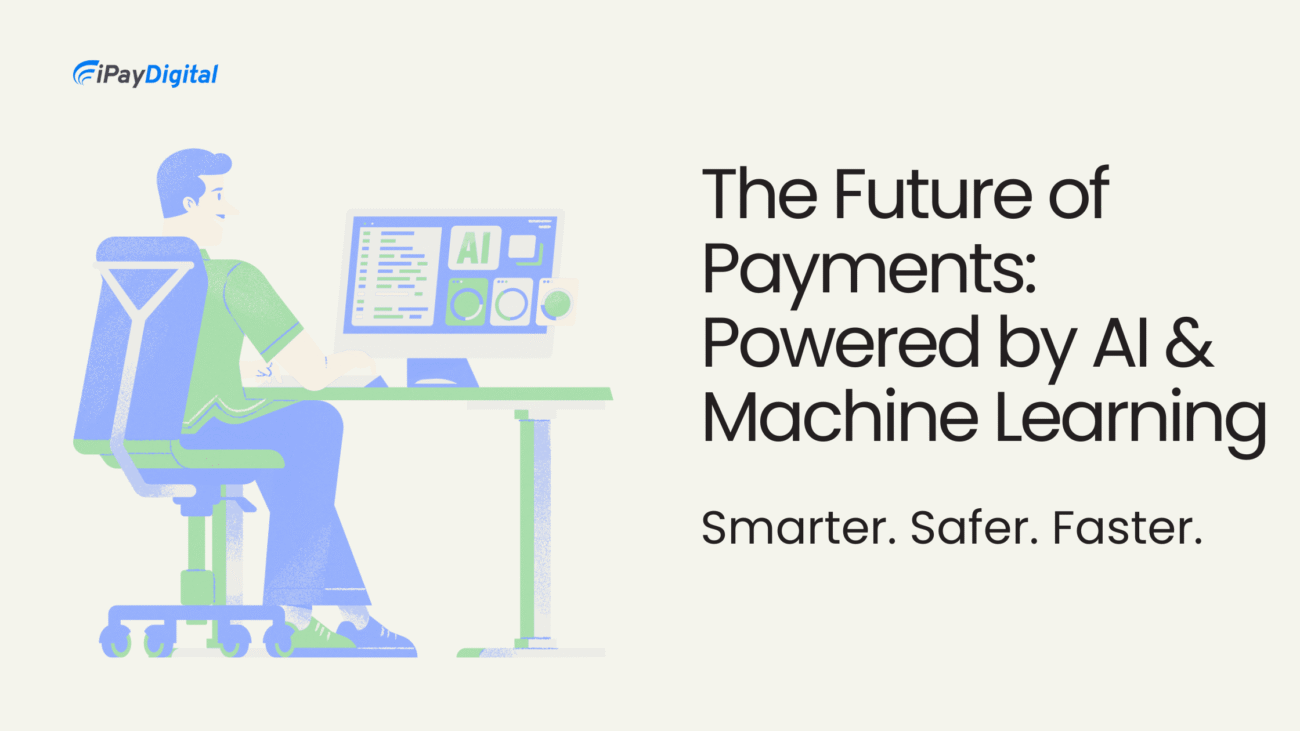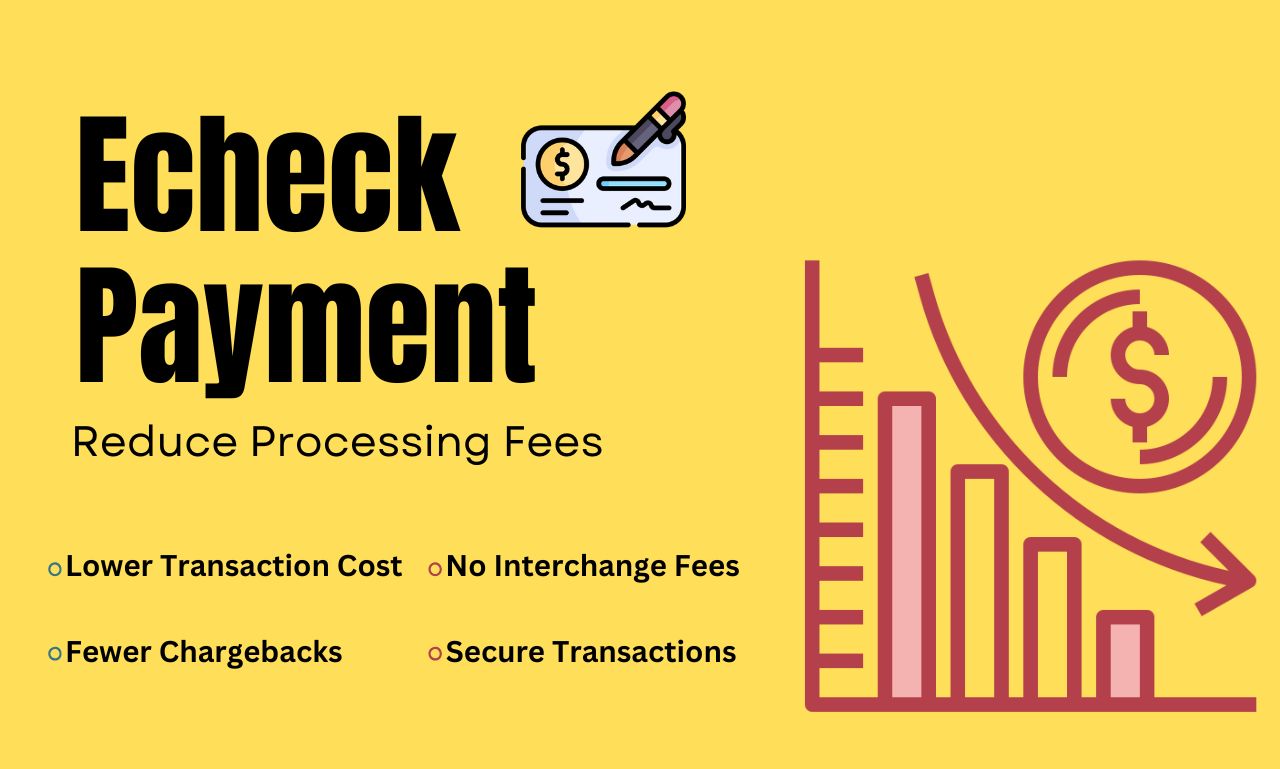In today’s fast-evolving payment landscape, businesses and consumers are spoiled with choices. Two methods are increasingly standing out, especially for high-ticket transactions: eChecks and digital wallets. While they might seem like competitors at first glance, a closer look shows that they actually serve different purposes — and understanding how to use both can be a huge advantage.
Let’s dive deep into why eChecks and digital wallets both matter, particularly when it comes to those large, high-value purchases that require more security, reliability, and ease than ever before.
Understanding eChecks: A Digital Take on a Classic
An eCheck (short for electronic check) is simply the modern version of the traditional paper check. Instead of writing out a check by hand, the payment is processed electronically through the Automated Clearing House (ACH) network.
Key features of eChecks:
- Funds are drawn directly from the payer’s bank account.
- They often have lower transaction fees compared to credit cards.
- They offer high security through encryption and authentication processes.
- They are ideal for large payments like real estate transactions, tuition, professional services, and B2B payments.
Why eChecks are Perfect for High-Ticket Payments: Because of their direct bank-to-bank nature and lower fees, eChecks provide an affordable, secure way to transfer large sums without the heavy charges associated with credit cards. Plus, there’s a paper trail that offers additional peace of mind for both businesses and customers.
What Are Digital Wallets?
On the other hand, digital wallets — think Apple Pay, Google Pay, PayPal, or Venmo — are about convenience. A digital wallet stores payment information securely so customers can complete transactions quickly using their smartphone, tablet, or computer.
Key features of Digital Wallets:
- Instant payment processing.
- High-end encryption for security.
- Accessibility from multiple devices.
- Integration with loyalty programs, coupons, and rewards.
- Growing adoption across eCommerce and even in-store purchases.
Why Digital Wallets are Gaining Traction: In today’s mobile-driven world, people value speed and ease. Digital wallets allow users to pay with a tap, and they often integrate biometric security like fingerprint or facial recognition to make transactions safer and quicker.
For smaller or everyday purchases, digital wallets are king. But interestingly, more consumers are starting to trust digital wallets for bigger transactions too, especially when the payment platforms offer buyer protection programs.
Why Both eChecks and Digital Wallets Are Crucial for High-Value Transactions
Now, here’s the real insight: it’s not about one OR the other. It’s about offering both, because together, they meet the diverse needs of today’s customers.
1. Different Customers, Different Preferences
Some customers still feel more comfortable with bank-based methods like eChecks, especially for large transactions. Others prefer the immediacy and user experience of a digital wallet. Offering both options helps you cater to a broader customer base.
2. Risk Mitigation
High-ticket transactions always carry some risk — fraud, chargebacks, disputes. eChecks typically come with strong verification processes (like bank authentication and authorization) to reduce fraud risks. Meanwhile, digital wallets use tokenization and biometric verification to protect users.
Having both options gives businesses layered security and allows customers to pick the method that makes them feel most secure.
3. Cash Flow Flexibility
While eChecks can take a couple of business days to fully clear, they tend to have fewer chargeback risks and lower processing fees. Digital wallets, on the other hand, offer instant payment confirmation, which helps businesses maintain better cash flow for urgent needs.
Offering both solutions means you can manage your cash flow with greater flexibility — a major win for high-ticket businesses.
4. Building Trust with Clients
Offering secure, recognized payment options builds trust and credibility. High-ticket clients want to be sure their payment will be handled properly. Giving them the choice between a secure bank transfer (eCheck) and a modern, protected digital wallet builds confidence in your professionalism.
Practical Examples: Where eChecks and Digital Wallets Shine
- Real Estate Deals: Buyers often prefer eChecks for down payments or earnest money deposits because of the lower fees and traceable nature.
- Luxury Goods: Digital wallets make it easy for customers to quickly lock in high-ticket purchases like designer bags, fine jewelry, or collectibles.
- Professional Services: Attorneys, consultants, and agencies can accept eChecks for invoicing larger amounts, while still offering digital wallets for smaller retainers or ongoing service fees.
- Education and Training: Students paying hefty tuition fees or professional courses often use eChecks, while digital wallets may handle smaller semester-wise payments or bookstore purchases.
Future Trends: What’s Coming Next?
Payment innovation isn’t slowing down. Here’s where the future is heading:
- Instant eCheck Verification: Some platforms are now offering instant eCheck verification, cutting down on wait times and offering even faster processing.
- Biometric Wallets: Digital wallets will continue to integrate with biometrics (face, fingerprints, retina scans) to offer an even higher level of security, even for very large transactions.
- Integrated Payment Gateways: More businesses are now adopting payment gateways that offer both eCheck and digital wallet options seamlessly, allowing customers to pick without friction.
The Bottom Line
When it comes to high-ticket transactions, eChecks and digital wallets aren’t rivals — they’re teammates. Businesses that recognize the unique strengths of each and integrate them smartly into their payment strategy will stay ahead of the curve.
eChecks offer security, reliability, and affordability for large, important payments. Digital wallets offer speed, convenience, and customer satisfaction in a mobile-first world. In 2025 and beyond, the best businesses won’t be asking which one to use. They’ll be asking how to use both smarter.














